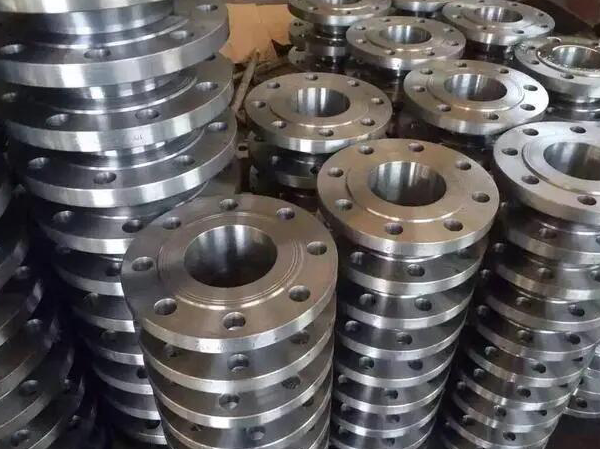Flanges are mainly used to connect two pipes, pipe fittings or equipment in the piping system and are a connecting part. Materials for producing flanges include carbon steel, stainless steel, alloy steel, etc. Flanges are mainly divided into carbon steel flanges and stainless steel flanges.
Compared with stainless steel flanges, carbon steel flanges have poor corrosion resistance, but they also have good sealing performance and flexibility. They do not affect each other during the work process. You just need to open a steel pipe. This special function allows carbon steel flanges to reduce certain losses caused by sudden disasters to a lower degree during use, which is more suitable for pipeline maintenance work.

So, do you know how carbon steel flanges are produced? What should be paid attention to when producing carbon steel flanges?
Carbon steel flanges are manufactured and produced through different methods and processes during actual production and development. Forging method, rolling method, rolling method, and bulging method are common production methods for carbon steel flanges. Using a forging press to punch out the end or part of the pipe to expand the outer diameter of the flange is the forging method. Twist type, connecting rod type, and roller type are all commonly used swage forging machines; the outer periphery of the core check valve is placed in the pipe and pushed by rollers, and the roller method is used for round edge processing. The roller method usually does not require a mandrel and is suitable for the inner round edge of a thick-walled pipe; one is to put rubber into the pipe and press it with a punch above to form it; liquid, and pressure is applied to the liquid to bulge the tube into the desired shape. These two are inflation methods.
Attention should be paid to the production of carbon steel flanges:
The carbon steel flange is composed of two clamping bottom plates with an included angle of 90°, two flange support plates, two vertical plates and four stiffener plates. In order to ensure the rigidity of the equipment, the welding seam of the connecting plate should be opened so that the groove is penetrated, and the welding angle is 20-30mm high; corresponding bolt holes are drilled on the flange supporting plate, and the back of the small end flange and the supporting plate are drilled. There is a gap between them to fit a small manual jack, and a gap is made on the flange plate along the direction of the vertical plate so that the elbow can be installed in the tool; when the tooling is clamped on the workbench At the same time, the plane of the flange to be processed should be concentric and parallel to the workbench of the vertical lathe. The tooling should be able to change the clamping position to ensure that the flanges at the two ends of the elbow can be processed on one tooling. This is to reduce the cost of the tooling. quantity. At the same time, the tooling needs to have sufficient rigidity, otherwise it will seriously affect the processing quality of the flange sealing ring groove.


